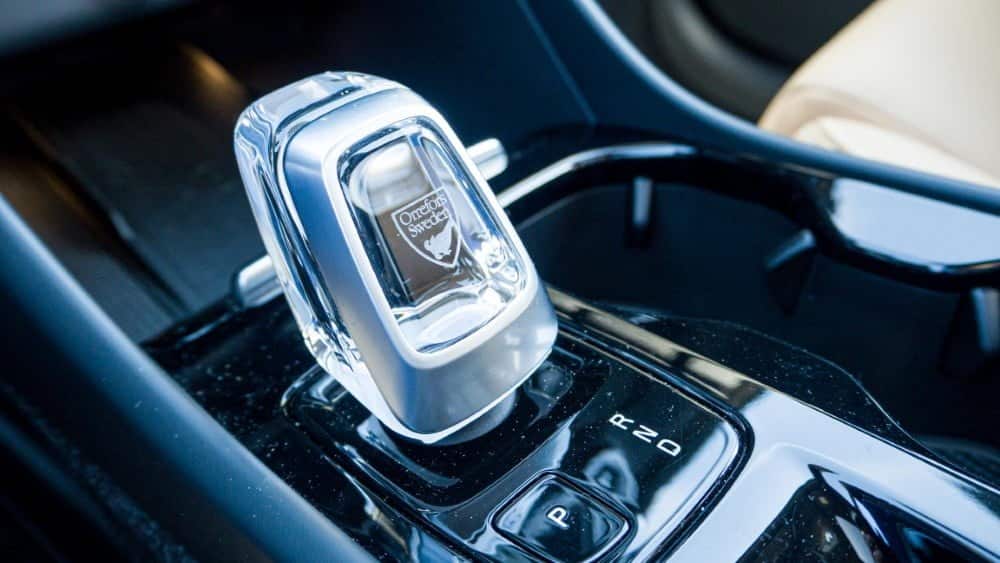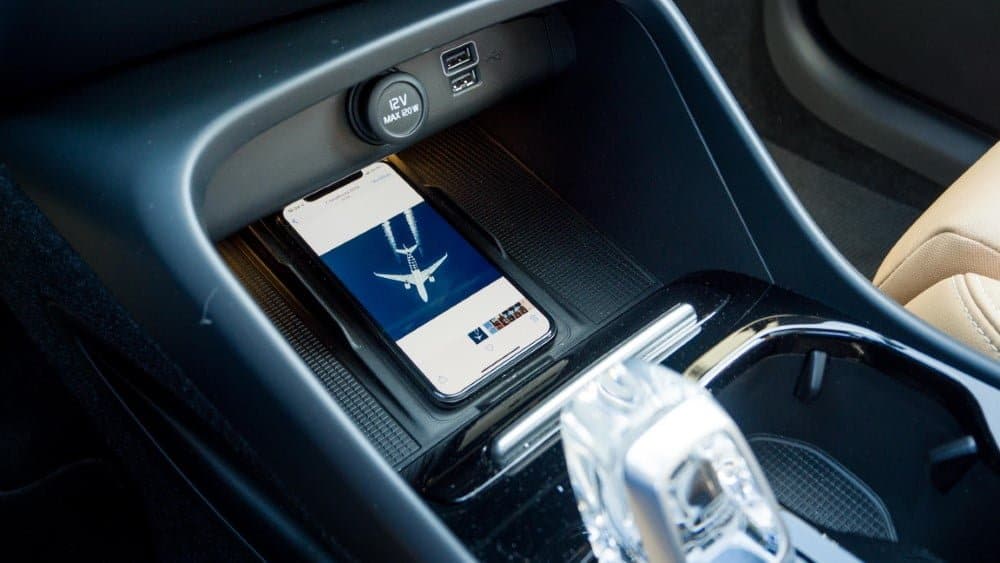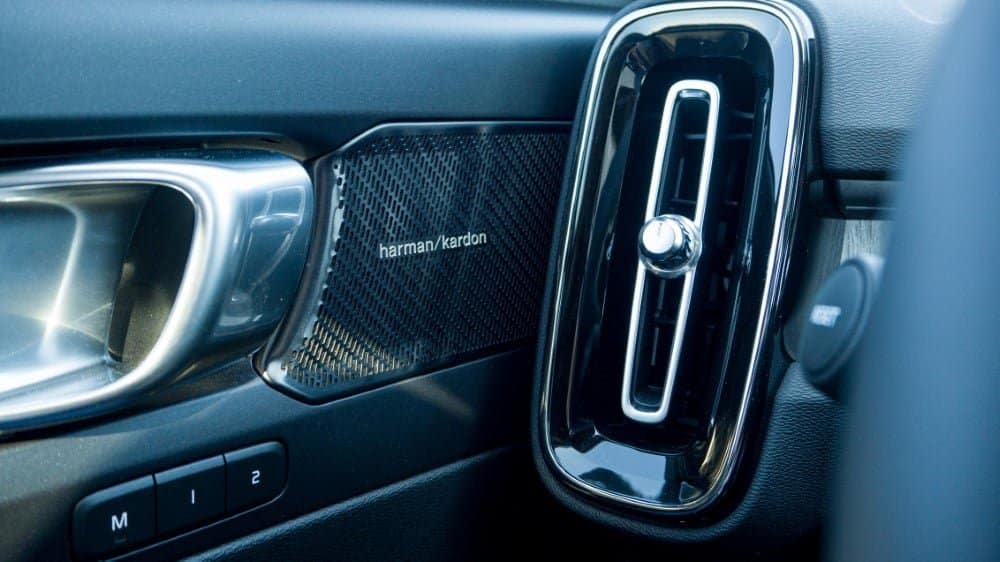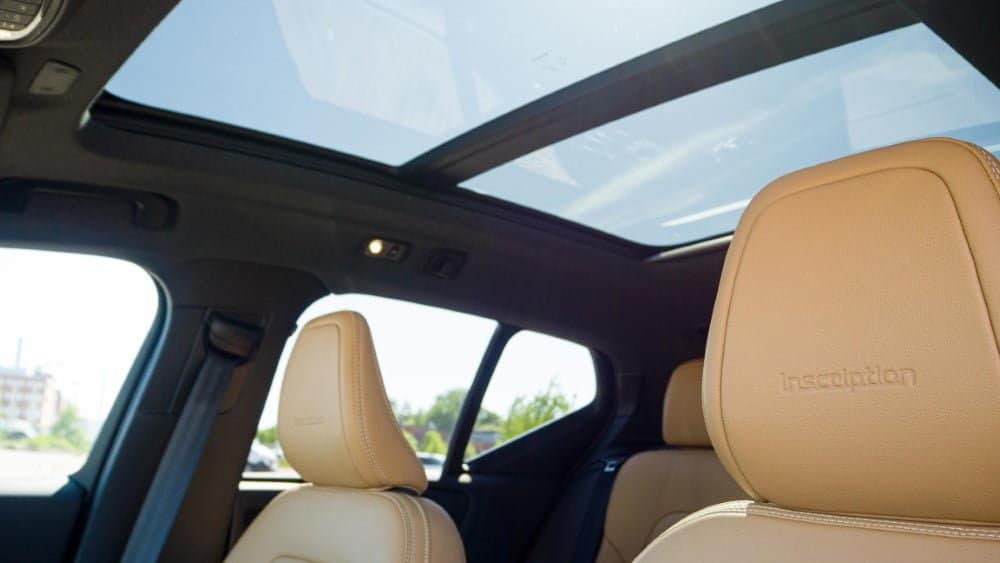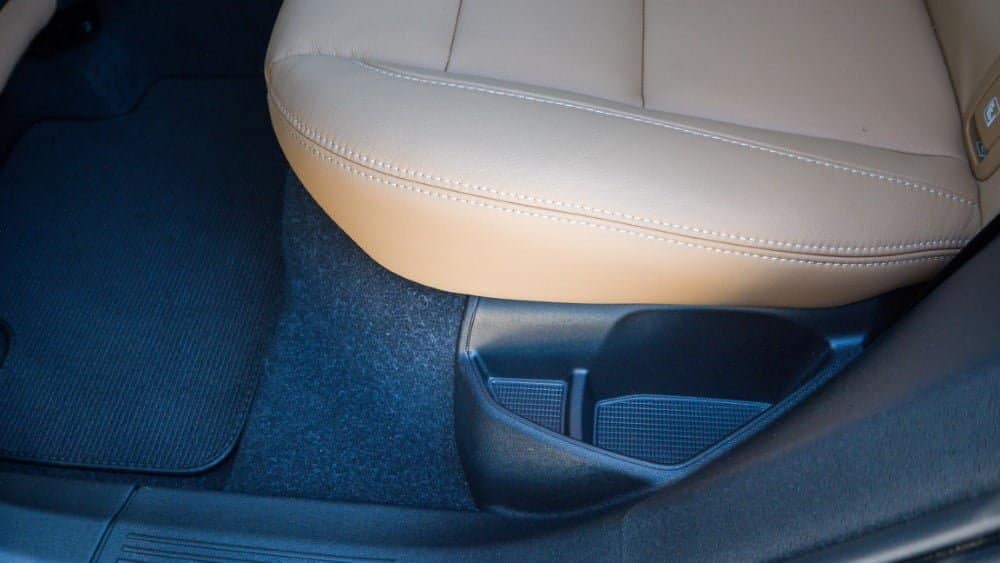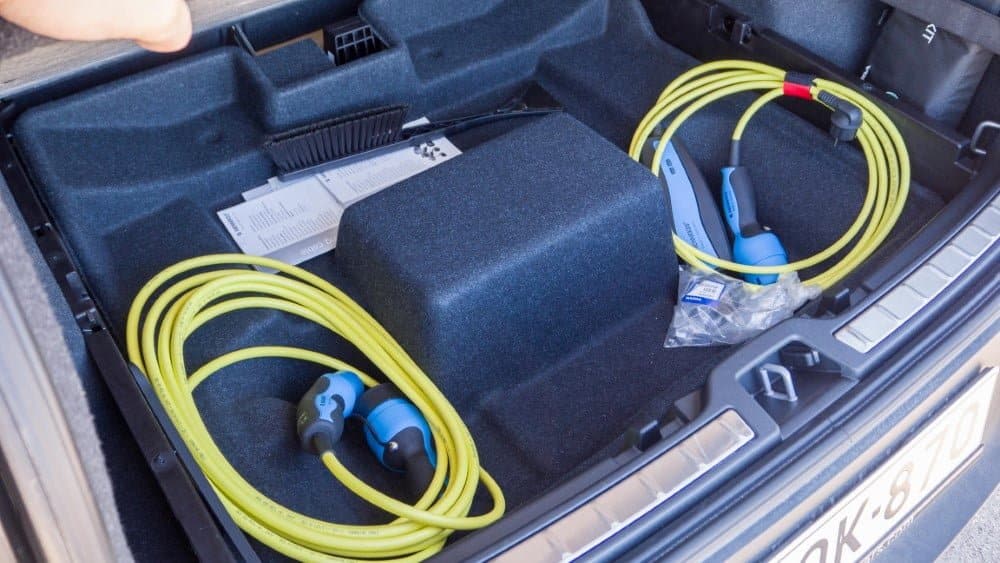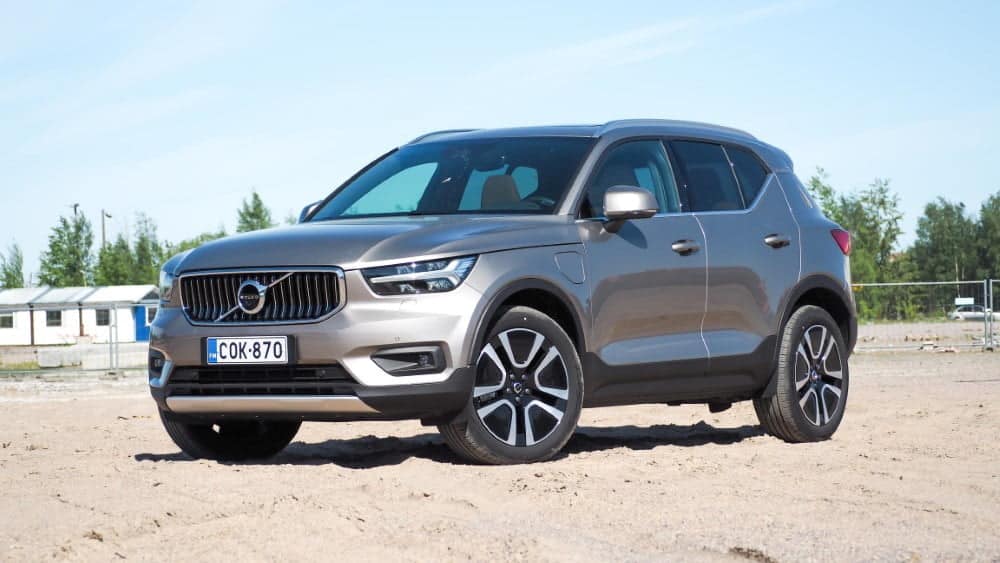The Volvo XC40 could even be described as a personally cute SUV. Don’t be fooled by its compactness, the XC40 is surprisingly close to its big brother, the XC60, in terms of cabin space. With this test-driven T5 charge hybrid model, shorter journeys can be covered on electric power alone up to over 40 kilometres.
The T5 plug-in hybrid differs from Volvo’s T8 models, where the internal combustion engine supplies power to the front axle and the electric motor to the rear axle. In the new T5 Charge Hybrid, the electric motor is mounted in the gearbox and the car is entirely front-wheel drive. The gearbox is a 7-speed dual-clutch, which performs its task in a gesture-free manner.
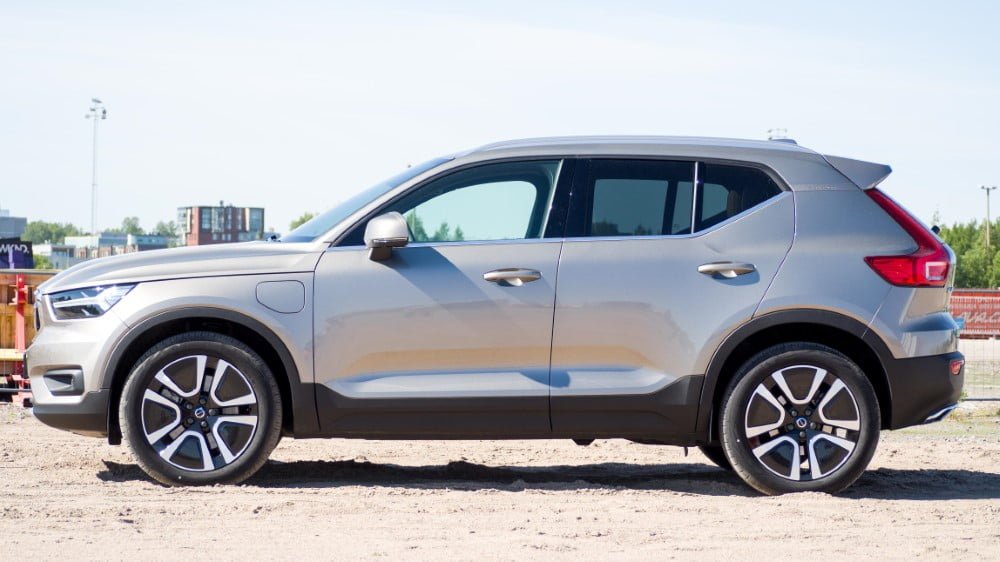
The 1.5-litre three-cylinder petrol engine in the T5 Charge Hybrid is the real power pack. It offers a maximum of 180 horsepower and 265 Nm of torque. The electric motor delivers 82 hp and 160 Nm.
The combined output of 262 horsepower and 425 Nm of torque provide a reasonable 7.3 seconds of acceleration for the XC40, which weighs just over 1,800 kg.
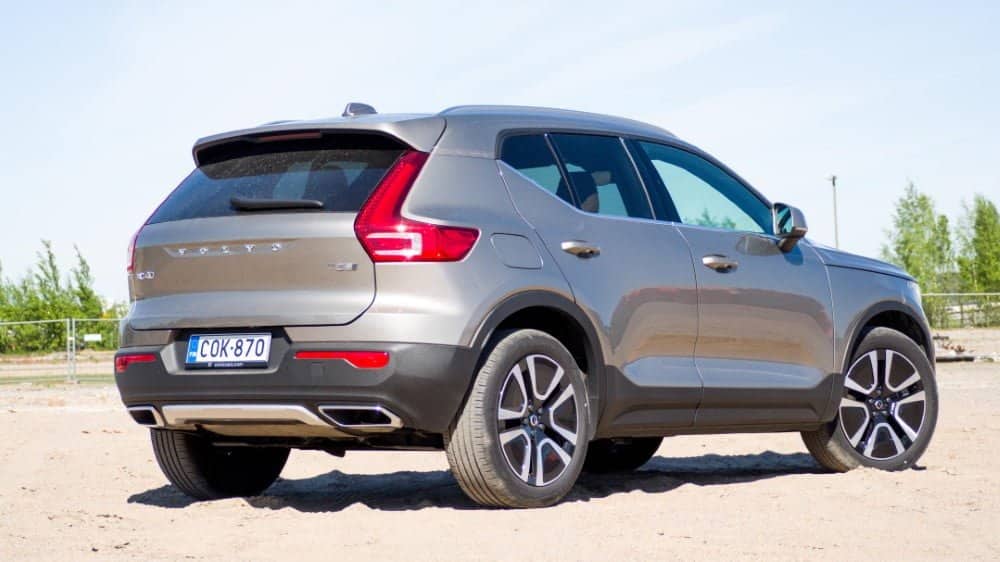
Batteries positioned in the middle of the car
On electric power alone, you can actually cover 30-40 kilometres depending on driving style, although Volvo promises a range of up to 45 kilometres. the 10.7 kilowatt-hour battery is not expected to deliver much more than that.
The consumption figures for the small petrol engine were a positive surprise. Particularly on the motorway at 120 km/h, consumption remained in the moderate range of 7.0-7.3 litres/100 km.
Driving fun is enhanced by the soundscape provided by both engines. The amusing growl of the three-cylinder engines is something that you gradually get used to in the car world, but in the XC40, the “whine of the electric current” is much more audible than normal.

Challenging the XC60’s interior
The XC40 has already surprised with its interior volume. In the driver’s seat, the car feels much bigger than expected. A closer look at the interior dimensions reveals that the XC40’s dimensions are close to those of its big brother, the XC60.
The biggest space savings have been made by cutting around 40 mm from the width of the cabin and around 50 mm from the rear passenger legroom. By contrast, the 460-litre boot of the XC40 Charger Hybrid loses only 8 litres to the XC60 Charger Hybrid. The cents have been put to good use, given the 26 centimetre difference in overall length between the models.
In addition to the size of the interior, practicality has also been taken into account. The centre console is practical, with plenty of space for storage. The forward-facing wireless mobile phone charging platform is within easy reach, and placing your mobile phone on the platform is unobstructed and effortless.
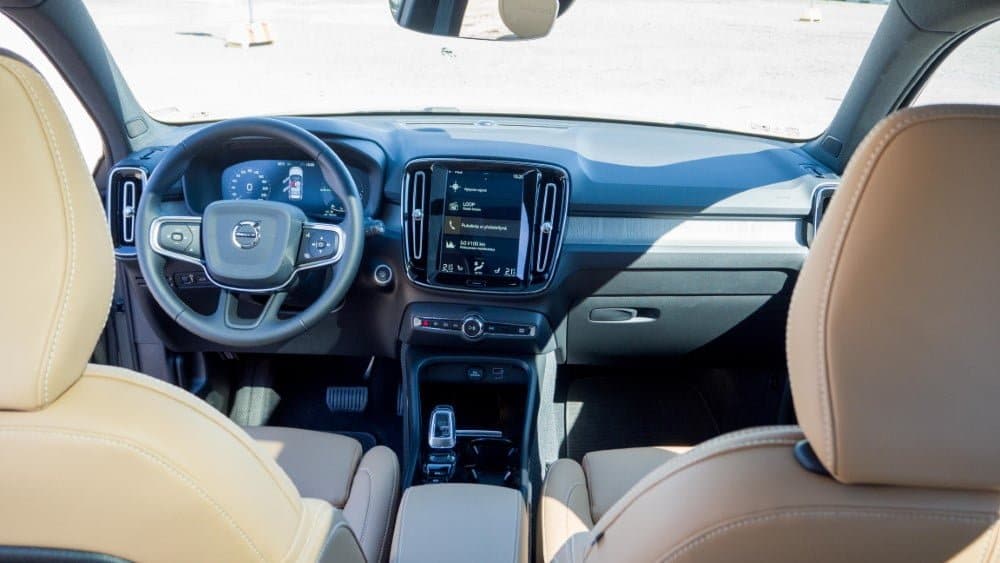
In the luggage compartment, there is a decent-sized shelf to neatly store and hide the charging cables. Between the rear seat and the doors are small storage compartments for rear passengers’ loose items.
The raised ground clearance allows easy access to the car. The compact length of the car means that the rear doors are small, and this is also noticeable when getting into the back seat.
The ground clearance also allows good visibility outwards. The mirrors and windows are large. Only the lower edge of the rear door window rises steeply, making it difficult to see the blind spot.
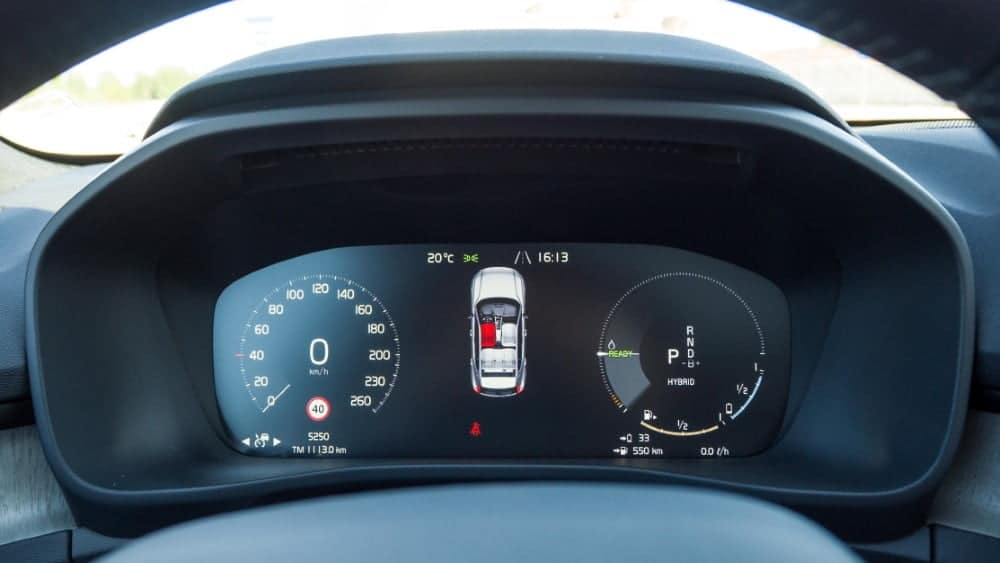
Design needs updating
Volvo’s simple and elegant design language starts to repeat itself from model to model. There are few differences between the models, and the current design has been around for several years.
Visually, the dashboard in particular is starting to need a new look. The media display on the dashboard is functionally simple to use, but a complete overhaul of the design of the entire cabin is already expected for future new models.
However, the beautiful details should not be overlooked, one of the best examples of which is the gear knob. The Orrefors Sweden logo on the gear knob feels exactly as you’d expect a crystal gear stick to feel – a small reminder of why the youthful XC40 was once premiered in the fashion mecca of Milan, Italy.
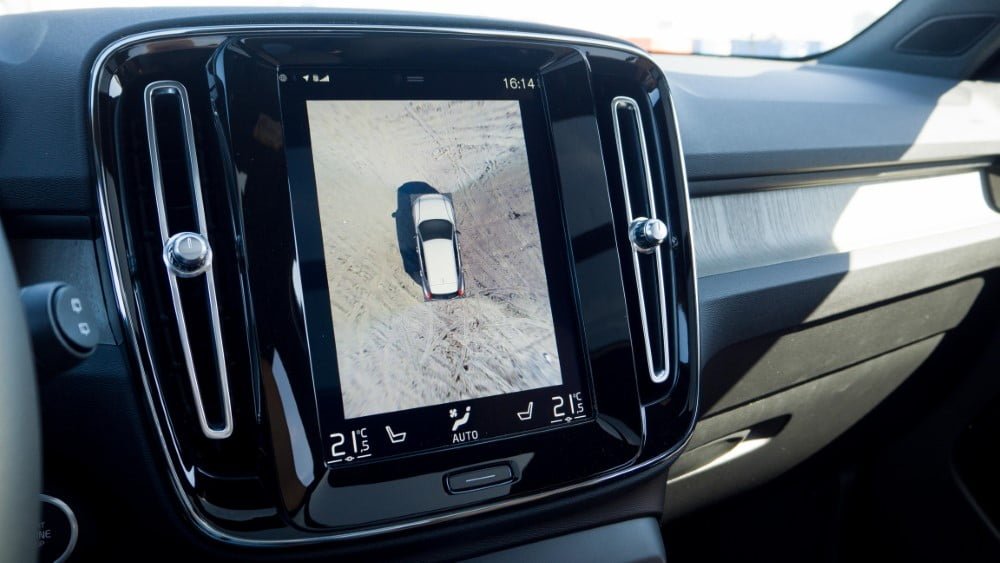
Volvo XC40 T5 TwE Business Inscription aut.
- Engine: 1477 cm³, 3-cylinder
- Combustion engine power: 180 hp @ 5800 rpm.
- Combustion engine torque: 265 Nm @ 1500-3000 rpm.
- Electric motor power: 60 kW
- Electric motor torque: 160 Nm
- Maximum power (petrol-electric): 192 kW, 262 hp.
- Maximum torque (petrol electric): 425 Nm
- Acceleration: 7.3 sec (0-100 km/h)
- Combined consumption: 2.0 l/100km
- Driving battery capacity: 10.7 kWh
- CO2 emissions: 46 g/km
- Deadweight: 1812 kg
- Drive mode: front-wheel drive
- Boot space: 460 l
- Towing capacity: 1800 kg (with brakes)
- Starting price: €48 179
- Test drive: €58 364
